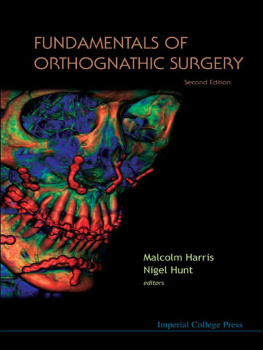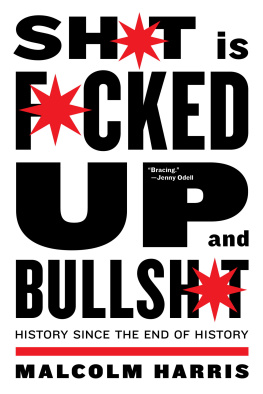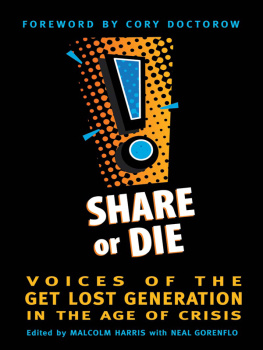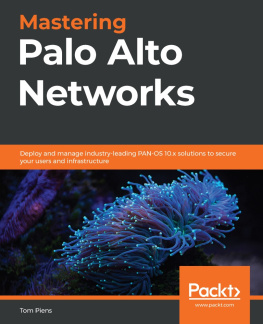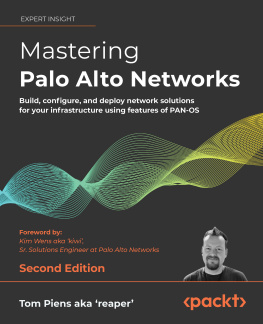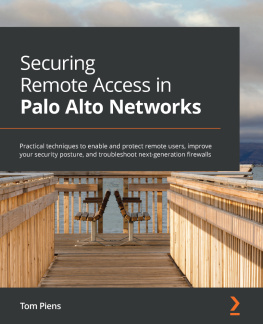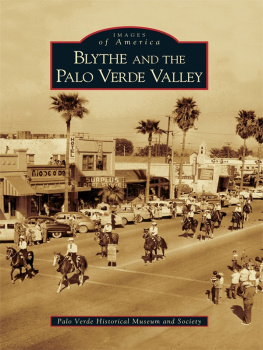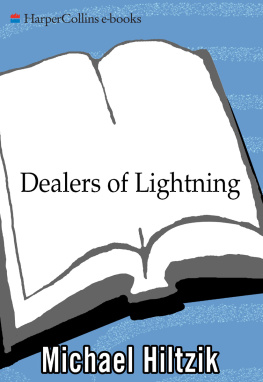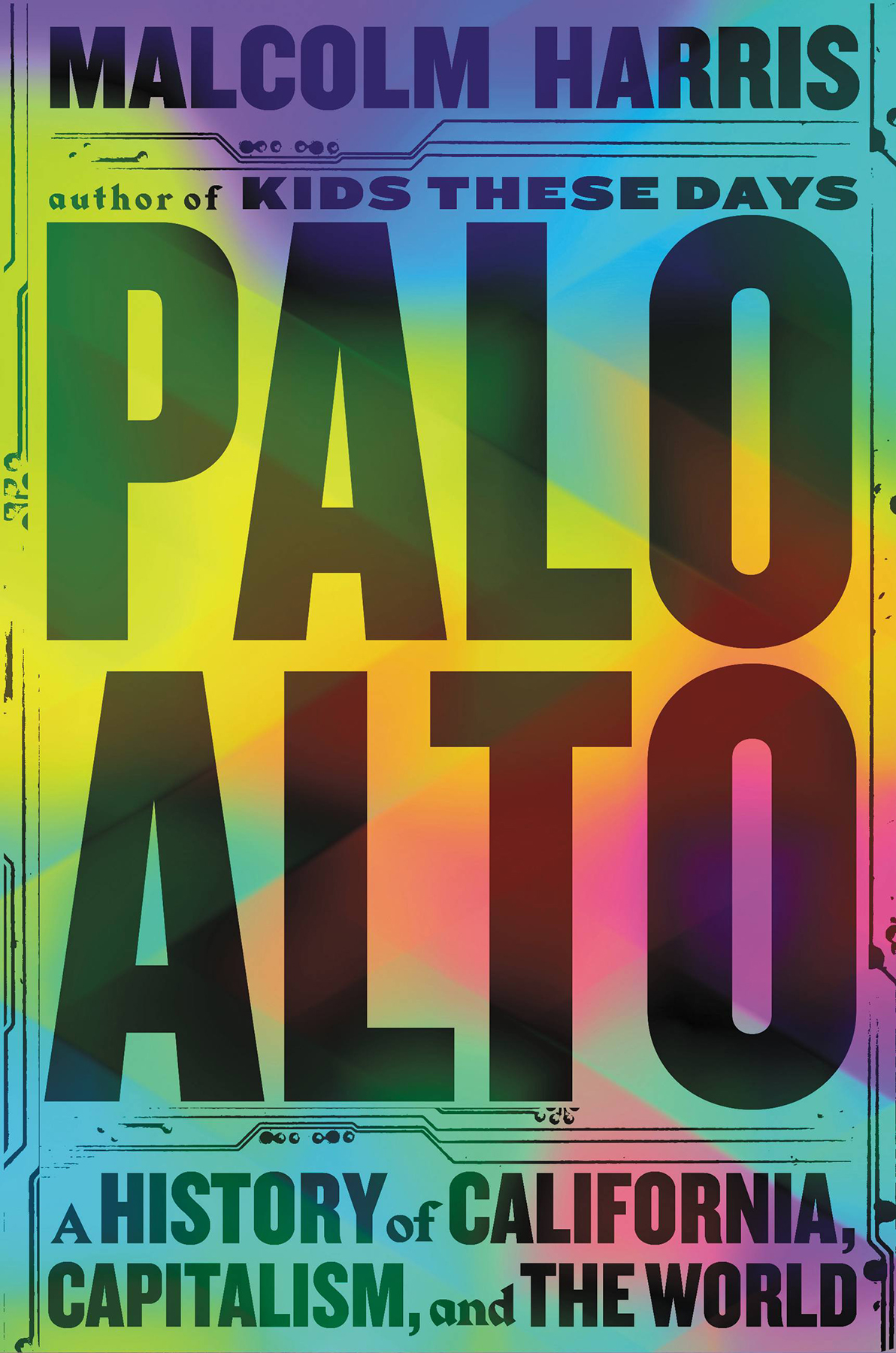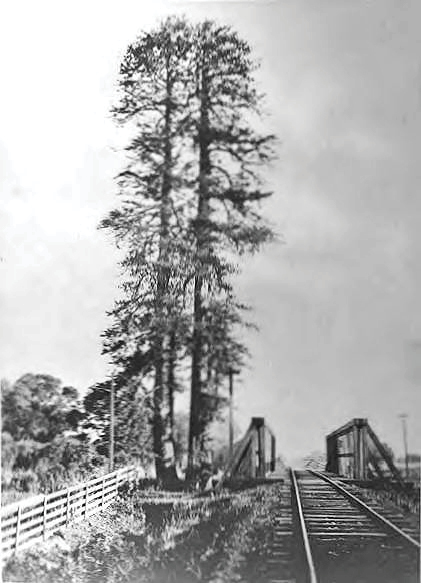Malcolm Harris - Palo Alto: A History of California, Capitalism, and the World
Here you can read online Malcolm Harris - Palo Alto: A History of California, Capitalism, and the World full text of the book (entire story) in english for free. Download pdf and epub, get meaning, cover and reviews about this ebook. City: New York, year: 2023, publisher: Little, Brown and Company (Hachette), genre: History. Description of the work, (preface) as well as reviews are available. Best literature library LitArk.com created for fans of good reading and offers a wide selection of genres:
Romance novel
Science fiction
Adventure
Detective
Science
History
Home and family
Prose
Art
Politics
Computer
Non-fiction
Religion
Business
Children
Humor
Choose a favorite category and find really read worthwhile books. Enjoy immersion in the world of imagination, feel the emotions of the characters or learn something new for yourself, make an fascinating discovery.

- Book:Palo Alto: A History of California, Capitalism, and the World
- Author:
- Publisher:Little, Brown and Company (Hachette)
- Genre:
- Year:2023
- City:New York
- Rating:3 / 5
- Favourites:Add to favourites
- Your mark:
Palo Alto: A History of California, Capitalism, and the World: summary, description and annotation
We offer to read an annotation, description, summary or preface (depends on what the author of the book "Palo Alto: A History of California, Capitalism, and the World" wrote himself). If you haven't found the necessary information about the book — write in the comments, we will try to find it.
The history of Silicon Valley, from railroads to microchips, is an extraordinary* story of disruption and destruction, told for the first time in this comprehensive, jaw-dropping narrative. (*Greg Grandin, Pulitzer Prize-winning author of The End of the Myth)
Palo Altos weather is temperate, its people are educated and enterprising, its corporations are spiritually and materially ambitious and demonstrably world-changing. Palo Alto is also a haunted toxic waste dump built on stolen Indian burial grounds, and an integral part of the capitalist world system.
In PALO ALTO, the first comprehensive, global history of Silicon Valley, Malcolm Harris examines how and why Northern California evolved in the particular, consequential way it did, tracing the ideologies, technologies, and policies that have been engineered there over the course of 150 years of Anglo settler colonialism, from IQ tests to the tragedy of the commons, racial genetics, and broken windows theory. The Internet and computers, too. Its a story about how a small American suburb became a powerful engine for economic growth and war, and how it came to lead the world into a surprisingly disastrous 21st century. PALO ALTO is an urgent and visionary history of the way we live now, one that ends with a clear-eyed, radical proposition for how we might begin to change course.
Malcolm Harris: author's other books
Who wrote Palo Alto: A History of California, Capitalism, and the World? Find out the surname, the name of the author of the book and a list of all author's works by series.

